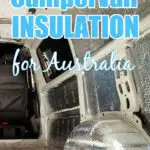Finding the best van insulation for your campervan build
As I’ve been working through all the parts of our own (one day) van build, I’ve been putting off trying to figure out which campervan insulation products would be the best for our van.
Almost every article I’ve seen on the topic are geared towards North American or European van builds, and well, they get A LOT colder than we do.
So I’ve been trying to figure out the best products for hot Australia (but I don’t plan on being up in the NT during summer, or anything crazy like that) with the occasional trip to some colder weather (maybe a ski trip or two).
In this article we’re going to look at which campervan insulation products make the most sense for us in Australia both in terms of performance and price.
This article contains affiliate links where we may receive a commission if you choose to buy from them. Please see our Affiliate Disclosure for more information.
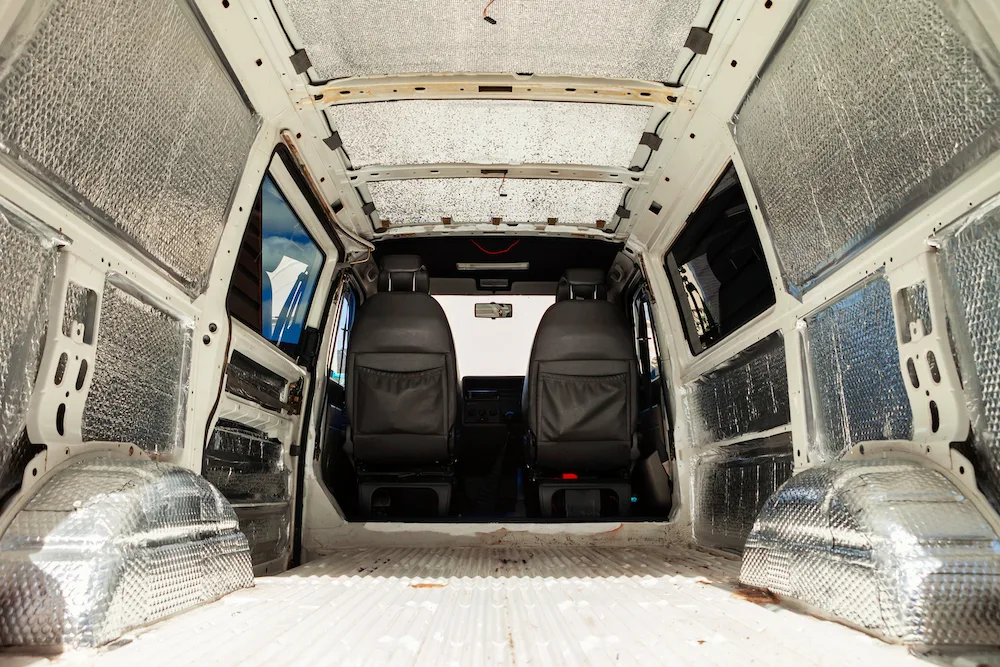
Understanding how your van gets so hot or cold inside
Before we start looking at products, let’s just do a very quick summary of how it is that your van gets hot or cold.
It’s all about heat transfer.
There are 3 main ways that heat is transferred from inside your van to outside, and vice versa.
Radiation
Where heat is transferred through the air and heats up an object, like how the sun heats up surfaces. So in a van, it’s the sun coming in through the windows that makes it hot.
Conduction
Is the heat that’s transferred through objects. Since a van is all metal, the sun can be heating up the outside and this will transfer easily to the inside of the van (since metal is a good conductor).
Convection
This is how heat is transferred through liquid or gas. For example, the warm air in your van will rise and the cold air sinks to the floor.
With this is mind, you will want to consider how you may insulate the different parts of your van with different products.
MY RECOMMENDATION
If you just want to cut to the chase and see a recommendation, here’s what I’m going to be doing:
Option 1:
For the floor I intend to install sound deadener and, if I put any insulation down, it will probably just be FoilBoard between the ribs of the floor. I wouldn’t be surprised if we opt for no insulation on the floor though.
For the ceiling and walls I will use Sound Deadener and FoilBoard on the panels, with Polymax stuffed into the cavities.
Option 2:
I’m leaning towards the sheeps wool now. I’m just not sure how easy it would be to keep it in place before I’ve put the walls and ceiling up?
Disclaimer – I haven’t built out our van yet! This recommendation comes after hours of research on the topic and the experience / recommendations of others who HAVE done their van build.
I’ve made this decision based on the fact that we’ll be travelling in Australia (and knowing me, will aim to travel to places that keep us within 20-28oC, if I’m being honest), is possible for a novice like me to install, and for the budget conscious.
Ceiling & wall insulation
This is where most of your insulation will go. I’m also thinking it’s the hardest area to tackle depending on the type of insulation you choose. I mean, how do you get wool to stay on the roof and walls before putting up the ceiling and walls?? (Hint: running string lines to hold it in place or taping it up seem to be common methods used.)
Campervan floor insulation
With the physics of convection at play (where warm air rises) the need for floor insulation is not so pressing. I’ve seen other van builds where they’ve just put in the thinnest insulation on the floor, and if they’re really pressed for head height, they’ve used no insulation at all.
Campervan window insulation
One of the best ways to insulate your windows is with products like Reflectix. You can cut the foil to fit your windows exactly, and even sew them on to a fabric backing and add some magnets or velcro to easily stick them up.
Van insulation sound proofing
Some of the thermal insulation products listed below have good sound deadening properties anyway, but if you want to add sound deadener, then you’ll need to do that first.
Sound deadener consists of a butyl rubber noise absorption layer combined with an aluminium top layer; it looks like a mat that you stick to the panels of your van and you only need to cover 50% of the panel surface (although I have seen some products that say you only need to cover 25% of the panel. Check what the recommendations are of the product you choose).
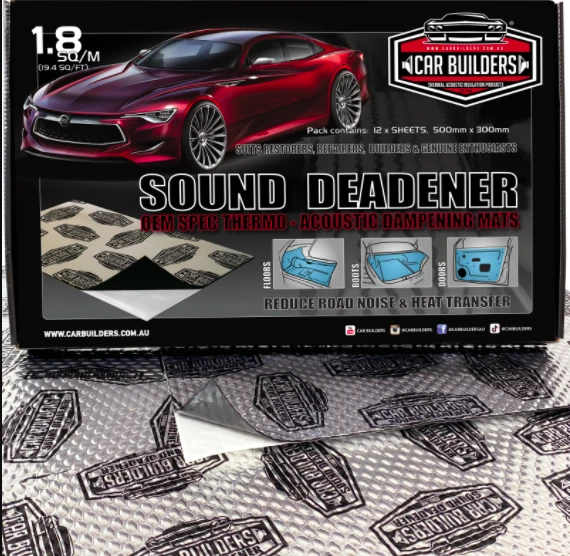
https://www.carbuilders.com.au/sounddeadener
You can buy this stuff at Supercheap Auto.
Camper van insulation products
Not all of the products I’ve got listed here are ideal for insulating your van. The reason I’m including them here is so that you don’t have to scour through dozens of articles piecing together all the information (like I just have).
I explain what each insulation product is, and whether it’s recommended for use in a van. Of course this is based on other people’s opinions and experience cos I haven’t done my van conversion yet!
How insulation products are measured
You’ll see a lot of people talking about the R value of insulation.
R value = the thickness of the material divided by how resistant that material is to heat transfer (K value).
The higher the R value, the better the product is at reducing heat transfer (i.e. insulating).
Since space is so limited in vans, the ideal product is one that is the thinnest but with the highest insulation properties.
Expanded Polystyrene Foam Boards / FoilBoard
FoilBoard is an Australian product that is a fire retardant expanded polystyrene core with pure aluminium foil directly laminated to both sides. This makes it an insulator, thermal break and non-permeable moisture barrier.
And you can buy it at Bunnings.
I’ve seen a fair number of van builders glueing the boards directly to the metal panels, but this product needs an air barrier in order for the reflective surfaces to be effective. Having no air barrier greatly reduces the r value.
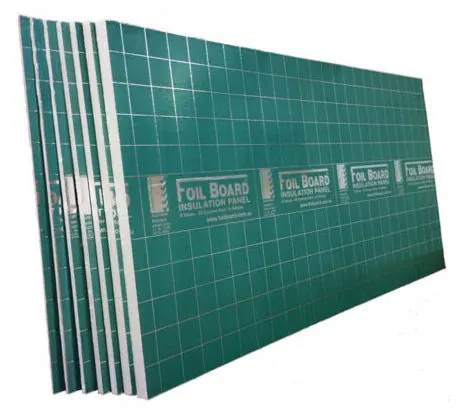
Polyester Insulation
Polymax is made from thermally bonded polyester fibres which just like the polyester used in doonas and pillows.
It looks like it would be easy to handle, is made from 80% recycled material and is low allergen.
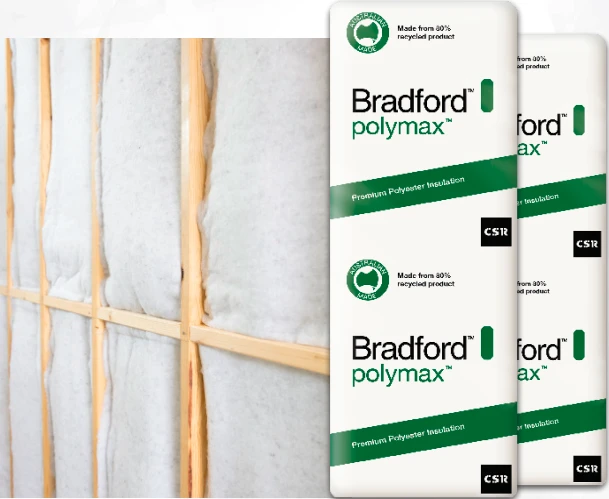
Sheeps wool
Sheeps wool insulation is the golden child of the van life movement at the moment. It’s natural, non-toxic, renewable and can absorb moisture while being mould and mildew resistant.
If you’ve been doing some research on this product you’ll probably see a product ‘Havelock Wool’ being promoted. Even though the wool is sourced from NZ, it’s actually a US based company and not currently shipping to Australia.
Mountain Made is the only Australian sheeps wool insulation product I’ve been able to find and they recommend it for vans.
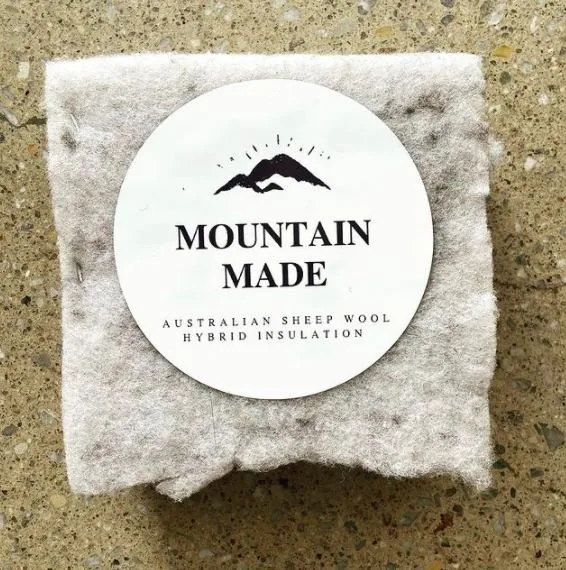
Glass wool
Is quite cheap but these aren’t a great option for a van because they need to be quite thick to provide adequate insulation. It soaks up moisture and the vibrations of driving can exacerbate it’s deterioration causing harmful particles to be released into the air.
Pink batts are a well known example of glass wool; but there’s also Earthwool and Ecowool which don’t use formaldehyde in their binding technology.
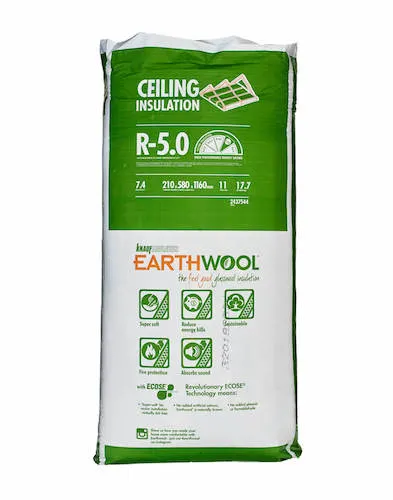
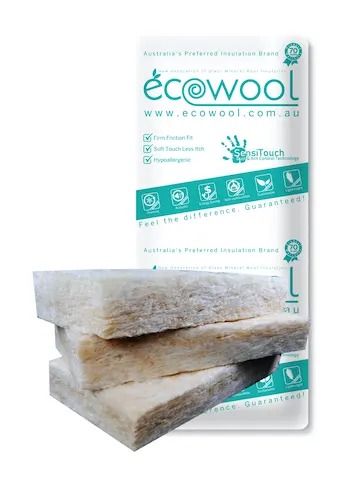
Stone wool
ROCKWOOL insulation is a rock-based mineral fibre insulation comprised of Basalt rock and Recycled Slag. Basalt is a volcanic rock (abundant in the earth), and slag is a by-product of the steel and copper industry. The minerals are melted and spun into fibres.
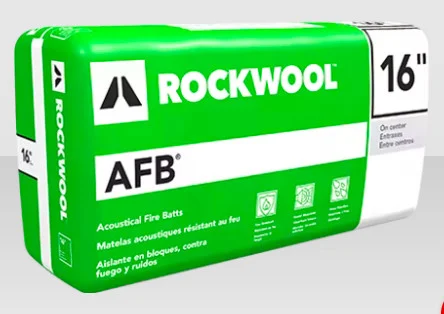
Spray foam
Doesn’t seem to be such a popular choice in Australia. It needs to be done by a professional so I’m presuming that cost would be quite large (I haven’t been able to find any price comparisons online).
However, it’s a bit more commonly used in America and Europe where you can do the application yourself.
It is a very effective insulation material and is mould and mildew resistant, however once the foam is in there, it’s like glue and will be very difficult to make any changes.
Here in Australia I’ve seen a few vans that just use the spray foam (from a can) for filling in gaps, rather than the whole van.
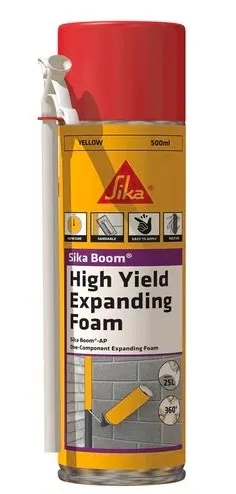
Reflectix
Reflectix consists of two 96% reflective layers of film bonded to two internal layers of heavy gauge polyethylene bubbles.
You may have seen a few van builders use this product just glued to the metal panels of their van. But the reflective surfaces of the Reflectix only work if there’s an air barrier, so I’m not sure what those van builders are trying to achieve?
Reflectix is great for window coverings though. It can be cut to size and be sewn on to fabric backing and have velco or magnets sewn into it to make it easy to put on the windows.
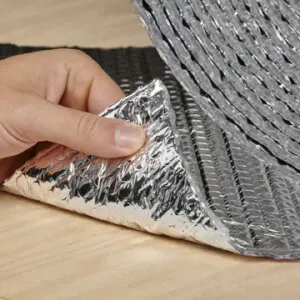
Insulating your campervan for hot weather – ventilation
All this talk about insulation raises the question, do you have to do insulation differently if you’re mostly going to be in hot weather?
Well you need to think about how heat is transferred.
The insulation in your van will slow down the transfer of the hotness outside into your van. But your van will heat up eventually.
Now, when the sun goes down and it starts to cool down outside, all that hot air is still inside the van and your awesome insulation works to keep it inside.
But this can be easily fixed with a roof vent which will allow the warm air to be released through the roof and cool air can come in via an open window/door.
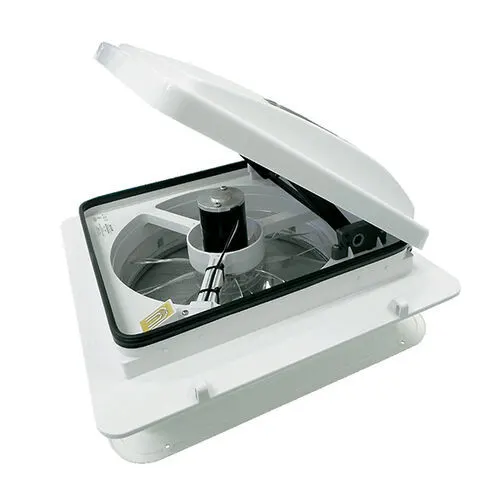
What other Aussies have done
In all of my research I’ve particularly looked for other Aussies, to see what they’ve done. Here they are:
Salty Vanventures
Salty Vanventures went with foil board and polymax in the ribs.
The Cosy Camper
@thecosycamper used sheeps wool in the walls and FoilBoard on the floor and ceiling.
We Who Roam
We Who Roam used Ametalin ThermalBreak 8 on the walls. This product is made with aluminium foil laminate on the outside and has a core of closed-cell high-density XPE foam.
And then lined their wall boards with SilverWrap, a thin reflective foil insulation.
They stuffed the framework/ribs of the van with Earthwool.
Tracks Less Travelled
Tracks Less Travelled used Reflectix on their floor. Considering you need an air barrier for Reflectix to work properly, I’m guessing that the greatest benefit of using Reflectix was that it plugged up the holes that were letting in the cold draught(?).
And they used FoilBoard on the ceiling and walls; although they don’t recommend the FoilBoard for the walls. They have some difficulty cutting all the pieces the right size for their van and would rather have used EarthWool.
We Seek Travel
Again, FoilBoad on the panels, EarthWool in the cavities and expanding foam in all the gaps.
https://www.weseektravel.com/diy-van-conversion-australia/#insulation
Freddy the Fiat
@freedythefiat insulated with Ecowool in the walls and FoilBoard on the ceiling.
Would it help if you could see all the makes & models of vans that are available new in Australia?
I’ve created a spreadsheet with ALL the vans and campervans that can be bought new in Australia.
It includes the exterior dimensions, interior height, base price, seating and bed layout, bathroom, solar and air conditioning; with links to each one.
Subscribe to our newsletter below and I’ll send you the Campervan Comparison Spreadsheet for free. You can unsubscribe at any time.



